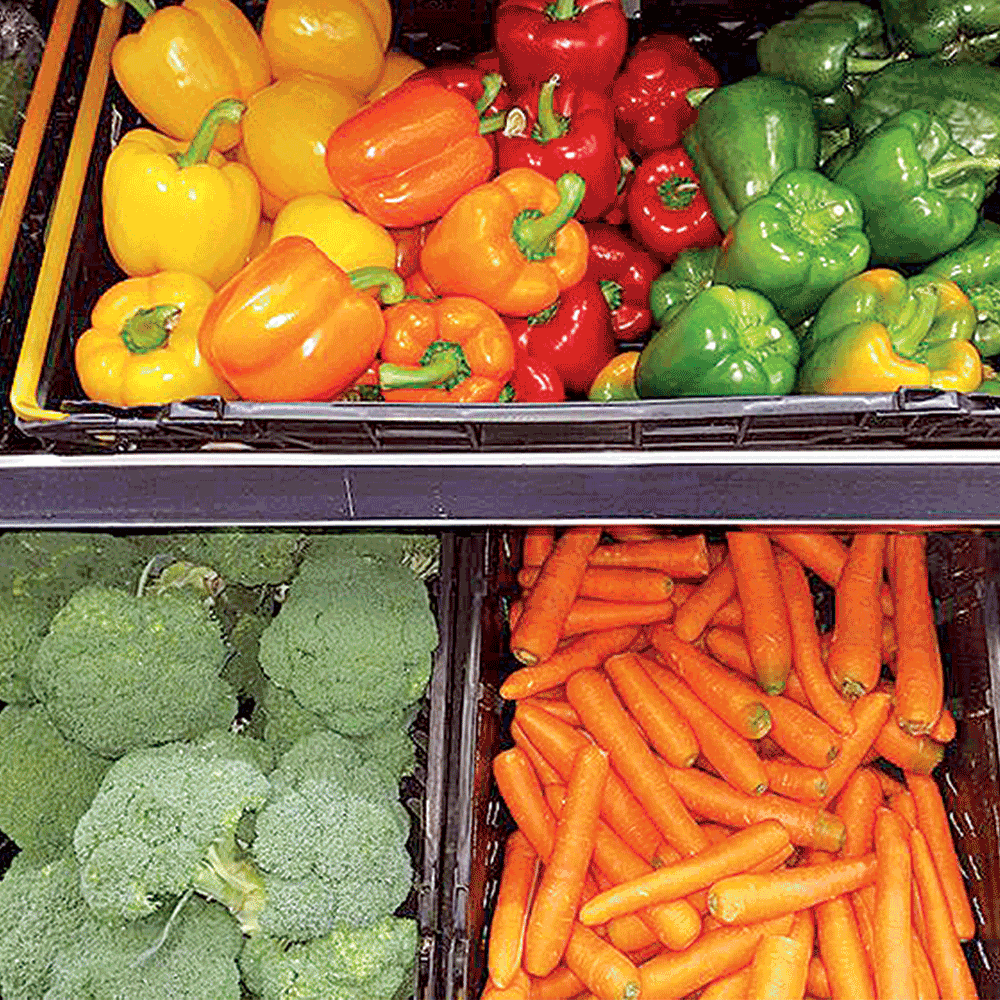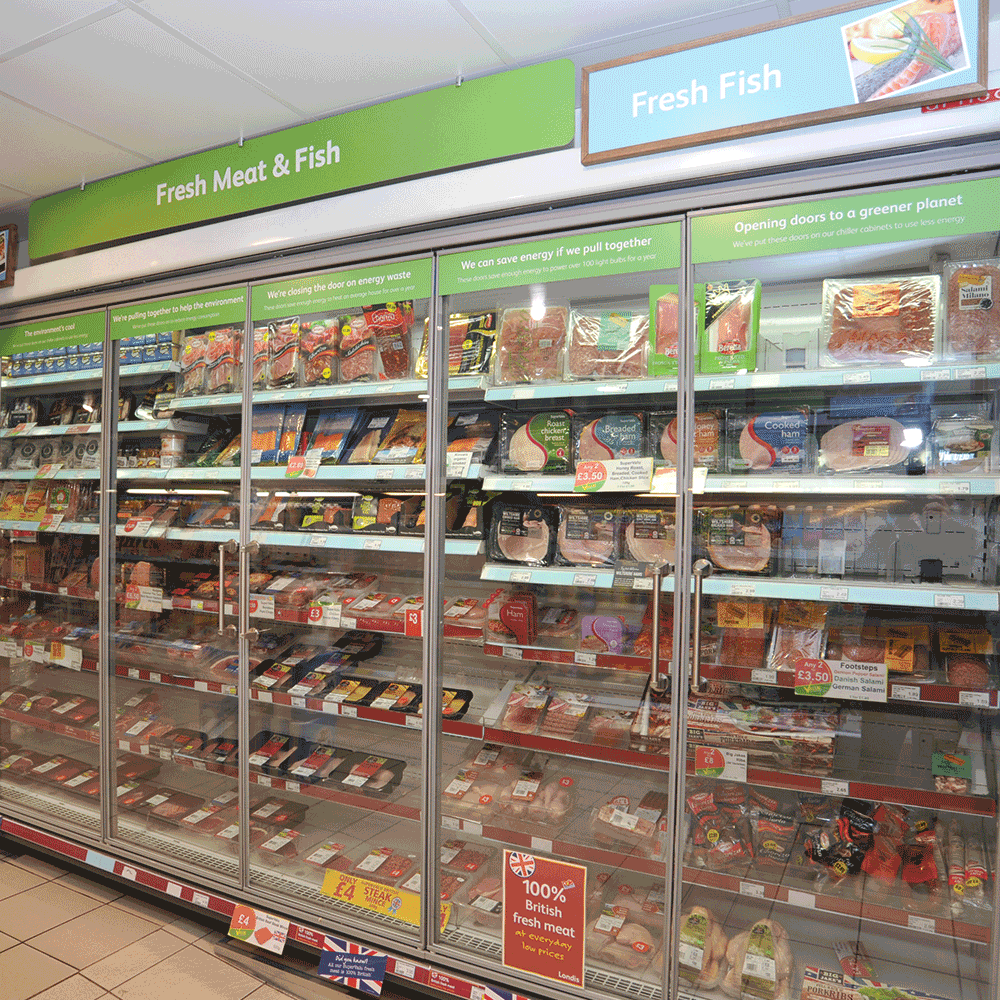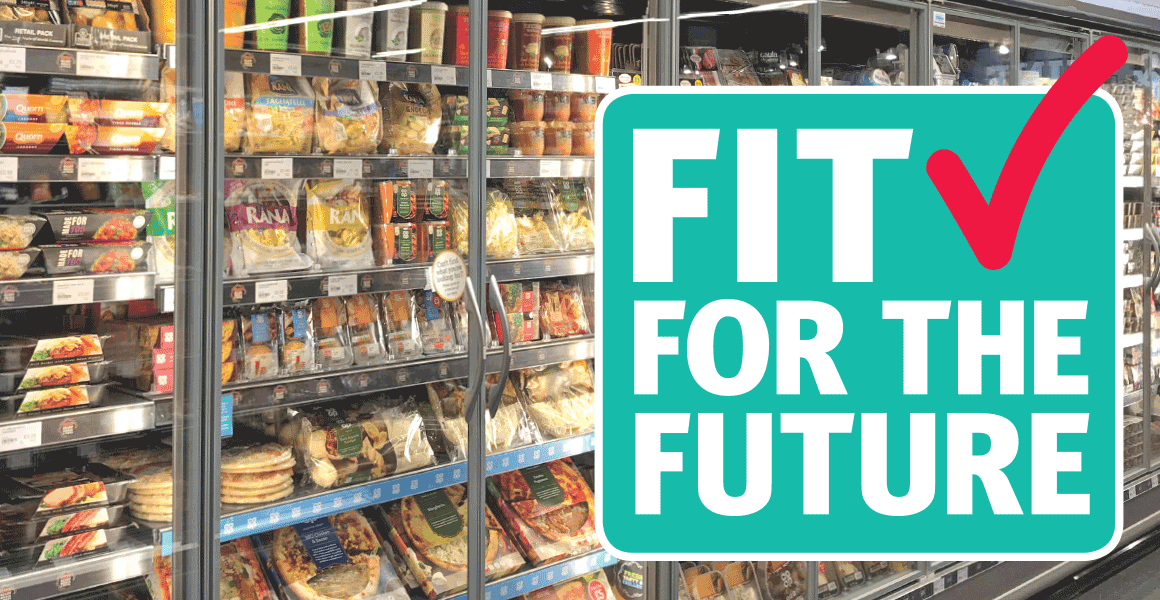Stocking an enticing range of evening meals is key to growing basket spend and becoming part of your shoppers’ routine. Toby Hill speaks to Kent retailer David Charman to find out how you can improve your offer
Nationwide shifts in shopping habits are benefiting convenience stores. Instead of driving out to a huge supermarket for their weekly shop, many consumers prefer to top up little and often.
If they’ve a good small store nearby, which provides inspiration and ideas, they’re more likely to use it for their evening meal.
To take advantage of this trend, you need to be able to satisfy your customers’ most important needs. At the top of the list is the full meal solution – providing the nutrition, tastes and sustenance that match what they are looking for.
But here things get tricky. While some customers might be content with a frozen ready meal, others will prioritise freshness and health. How can a small store meet such diverse shopper missions?
“Clearly we can’t match the range of the supermarkets,” admits David Charman, whose Spar Parkfoot in Kent offers a wide range of food to go, a butchers and fresh produce.
“You can be better on quality of service, you can cover the bases, but you also have to offer something different, something that makes you stand out,” he explains.
Creating a unique selling point
As a forecourt convenience store, Charman’s Spar Parkfoot takes first-time visitors by surprise with the breadth of its offering. At the heart of its meal solutions is a new range of ready meals, recently launched by Spar.
“They’re called Tonight’s Tea,” Charman says. They consist of mains, sides and desserts, with a range of offers to suit different prices and needs: two dishes for £5; three for £7; and four for £9.50. “They’re a great range of products,” Charman says.
But while such ready meals have improved hugely in the past five years, they are still nowhere near enough to meet all shopper missions. Retailers have to go much further if they want to set themselves apart from the competition.
“We offer fresh vegetables, have a barbecue range, have fresh fish in the fridges and we do displays, like highlight a bread of the week,” Charman adds.
But his most important category is none of these. Instead, he’s focused on creating a reputation for his store as “providing the best meat in the area”.
“Our butchery range is vital, representing about 12% of turnover,” he says. “We get the meat from local wholesalers. People come here because of the meat, but then they’ll get the rest of their food shop as well, such as the fruit and veg to go with it.”
Between the Spar ready meals, the fresh produce and the market-leading butchery section, Charman is confident he’s fit for the future when it comes to meal solutions.
Matching your demographic
 Food is a core part of culture, so retailers need to make sure their meal solutions are tailored to the demographics of their local area.
Food is a core part of culture, so retailers need to make sure their meal solutions are tailored to the demographics of their local area.
In Bimal Patel’s store on a north London high street, he’s found that Cook ready meals – a gourmet range sourced from a small supplier – are hugely popular.
“We have a beautiful display in the freezer, and the brand give great margins,” he says.
Bimal has also expanded his fresh and chilled range to match customer demand. Key lines include a meze mix, comprising falafel and hummus, and a range of gourmet soups from Twyford.
“They cost £3.49 and contain lots of pulses, lentils and vegetables, which people increasingly like,” he says.
It’s also important to keep an eye on trends, and monitor how the tastes of your customers are evolving.
“People seem to be moving towards fresh in general, so we’re considering cutting down on our freezer space and removing frozen ready meals,” says Jimmy Patel, owner of Jimmy’s Premier in Northampton.
“For example, if we’re doing a frozen chilli con carne and have got a fresh one, too, then we’ll just offer the fresh and push people to buy that.”
Talking to your shoppers
 The best way to get to know your customer needs is to talk directly to them. In Christine Hope’s village store, Hopes of Longtown in Herefordshire, she and her staff spend time chatting to customers about their meal solutions.
The best way to get to know your customer needs is to talk directly to them. In Christine Hope’s village store, Hopes of Longtown in Herefordshire, she and her staff spend time chatting to customers about their meal solutions.
“We’ll direct them to the solution that suits them,” Hope says. “If they want something quick we can recommend an omelette, suggesting they use some onion or chilli to make it more exciting. Or they might have to cook for a special occasion, then we’ll suggest something like roast chicken with local vegetables.
“Alternatively, someone might be clearly exhausted and just need to be pointed to the frozen ready meals.”
This is particularly important in the context of special dietary needs. As more people reduce their meat consumption, and rates of gluten- and dairy-free lifestyles continue to rise, inexperienced chefs are having to find ways to cater to these diversifying needs.
“Someone might have a friend coming to dinner who is vegetarian or vegan,” says Hope. “I’ll just point out we have got an excellent nut roast, and it won’t take any more effort – you can just stick it in the oven and serve it with everything else.”
Hope also suggests stocking and highlighting local produce as part of a meal solutions offering.
“We have an organic fruit farm nearby, and also a herb garden,” she says. “We’ll highlight that in our PoS. For example, we’ll make a sign that says: ‘This lettuce is from two fields away’. Then we
will share that on social media, too.”
In some categories, highlighting that products are local can be more challenging. Hope works with four local meat suppliers – often buying direct from the farmer – and is looking to create stickers to promote the origins of each slice of meat.
Dial up the deals
 Promotions are a great way to highlight innovative meal solutions. But once you’re beyond half-price ready meals, putting together effective deals can be a challenge. Someone might be buying products from several different categories: how can you stitch these together into a clear, enticing offer?
Promotions are a great way to highlight innovative meal solutions. But once you’re beyond half-price ready meals, putting together effective deals can be a challenge. Someone might be buying products from several different categories: how can you stitch these together into a clear, enticing offer?
One easy solution is to match up products that sit beside each other anyway.
“We do pizza and garlic dough balls on two for £6,” says Bimal Patel. Elsewhere, mix-and-match freezer deals – on fish fingers and chips, or chicken and gravy – are a simple way to warm up sales in the frozen category.”
Another alternative is to pair up quality products that go well together, highlighting their compatibility with PoS. Bimal Patel promotes his premium Twyford soups with French baguettes at £4.
Product placement is important, too. Bimal Patel has placed a rack of quality wines next to his freezer of gourmet Cook ready meals. “People often grab the two together,” he says.
Similarly, cross-category merchandising can help customers create their own meal solution while also boosting sales for the retailer.
“We’ve put a sauce, meat and pasta in a basket for £5, next to the fresh veg, which encourages them to buy some veg to cook into the sauce, too,” says Jimmy Patel.
However, such cross-category merchandising can be made difficult by the layout of your store.
If the products are all in different areas, then promoting them together becomes pretty difficult. Jimmy Patel, who is in the middle of planning a refit, is taking this into account as he sketches his new store layout.
“The chilled section is key for the future,” he says. “I would like to make more space there to bring together meal ingredients, and merchandise them together.”
Retailer views: Top tips from our retailers

Jimmy Patel
Jimmy's Premier
Northampton
Identify whether your customers prefer fresh or frozen products and then cater for them

Bimal Patel
Londis Finsbury Park
London
Give customers frozen meal deals, like pizza and garlic dough balls on two for £6

Christine Hope
Hopes of Longtown
Herefordshire
Talk to your customers and help them with their evening meal choices





Comments
This article doesn't have any comments yet, be the first!